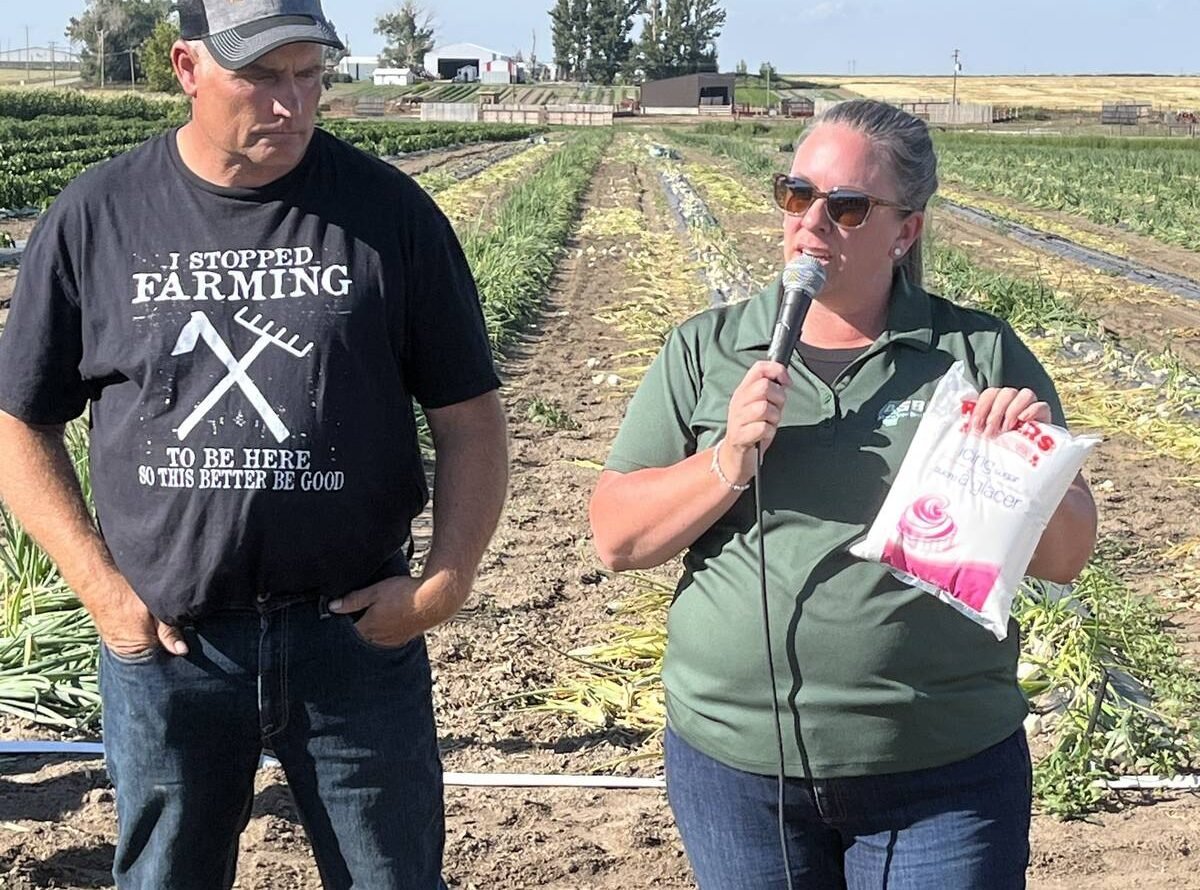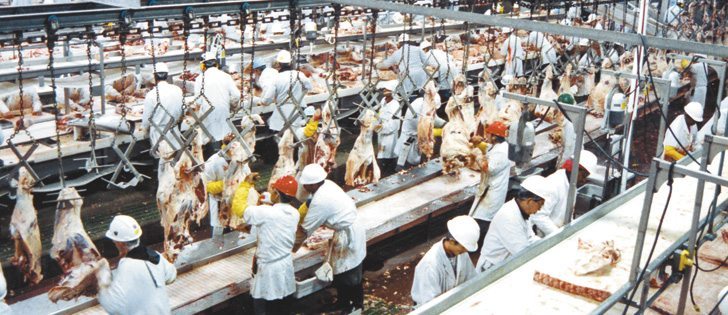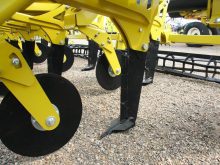It’s hard to say who’s having a worse year in Manitoba – the Winnipeg Blue Bombers or buckwheat growers.
Earlier this year, West-Can Agra in Plum Coulee, one of the major buyers of buckwheat in Manitoba, went out of business. Then Japanese buyers decided to take a hard line on price, which effectively shut the door to that market. And finally the price of buckwheat has fallen to $10 per bushel this fall from $12 to $14 per bu. last year.
Given all that, it’s surprising that buckwheat acreage in Manitoba is slightly higher.
Read Also

Alberta’s beets a sweet domestic segment in Canada’s sugar supply
The sugar beet industry is showcased during a Farm to Table tour, as Taber features the last remaining sugar beet processing plant in all of Canada.
“Last year was a low in the history of buckwheat in Manitoba, at about 3,500 acres,” said Rejean Picard, a farm production adviser and buckwheat specialist with Manitoba Agriculture, who based his numbers on crop insurance figures.
“This year it’s up a little bit … It’s in that 3,500 to 4,000 acres (range).”
Fallen far
While that news is somewhat positive, Picard noted that this year’s acreage is minimal compared to 1979, when Manitoba growers planted 135,000 acres of buckwheat.
Picard estimated there are only 50 buckwheat growers left in the province, which is much less than the official number of 400 listed on Manitoba Agriculture’s website.
On top of the shrinkage on the supply side in the last few years, local demand for buckwheat has also dwindled.
Viterra dropped the commodity in 2007 and the Canadian Grain Commission pulled West-Can Agra’s licence in February this year, because the company failed to meet bonding requirements.
That means there are only a few buyers of buckwheat in Manitoba, such as Springfield Mills in Oakbank.
But that company is not selling to Japan this year, said Springfield Mills president Lorne Kyle because Japanese buyers wanted to buy at an unacceptably low price.
“This year, the Japanese, at least the people we’re dealing with … had a change of attitude,” said Kyle. “The previous year, they wanted buckwheat desperately. And this past year, they set the price and we’ve got to live with it. And frankly, we wouldn’t live with it.”
As a result, Springfield Mills is searching for new buckwheat buyers domestically and in Europe.
The Japanese, who primarily use buckwheat to make noodles, are still buying in North America but are typically purchasing from growers in Washington state.
Kyle said it’s hard for Manitoba producers and companies to compete with growers in the Pacific Northwest because of the challenges of shipping out of the Prairies.
“The railways are extremely difficult to do business with,” said Kyle, who refused to elaborate.
With several buyers dropping out of the Manitoba market, the price of buckwheat has fallen. Although it’s hard to pin down a price, Picard estimated that buckwheat is currently at $10 per bu.
Hoping for rebound
Picard acknowledges that things can’t get much worse for the buckwheat industry.
“We are hoping we’re at the bottom,” said Picard.
The remaining buckwheat producers in Manitoba continue to grow the crop because it’s a tradition on their farm and because it can be grown with minimal inputs, which creates the potential for profits, he said.
The issue is really on the demand side, which is why buckwheat promoters like Picard are hoping for a breakthrough in the North American market.
One positive aspect of buckwheat is that the crop has potential as a health food, Picard said. Researchers at the University of Manitoba’s Richardson Centre for Functional Foods and Nutraceuticals are studying buckwheat consumption as a way to manage Type II diabetes.
“It’s also a gluten-free grain. It has some very attractive attributes,” Picard said. “We’re hoping something will come along and make a breakthrough. We don’t need to have millions of acres of buckwheat, but if we can have a few tens of thousands of acres we can have a sustainable industry here.”















